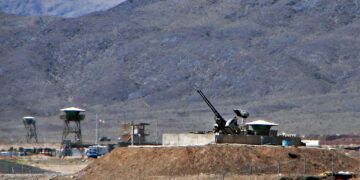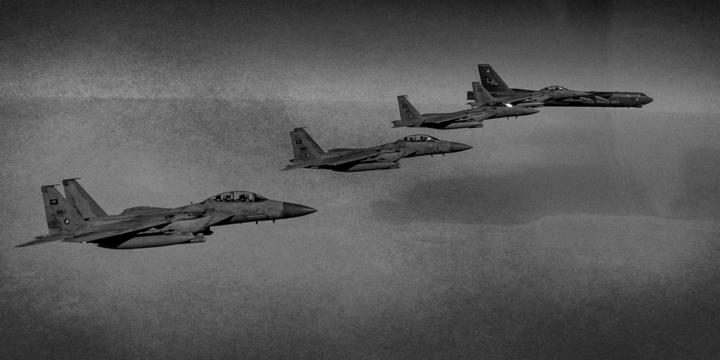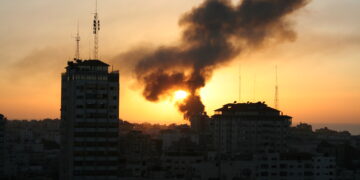June 29, 2024
An Israel-Hezbollah war would devour the Middle East

After nine months of brutal fighting in Gaza, Israel and Lebanese Hezbollah appear poised to escalate ongoing hostilities into a broader war. Indeed, both sides are saber-rattling as Israel finalizes heavy operations in Gaza to shift focus to the Lebanon front, with Israel particularly committed to ensuring an enduring defeat of its northern foe. This reality should terrify world leaders who must publicly reject any potential conflict, given the potential for mass displacement on par with the 2015–16 refugee crisis.
Lebanon and Hezbollah have exchanged cross-border fire since October 8—one day after Hamas attacked Israel. Both parties have increased their fiery rhetoric and actions since, expanding the scope and scale of their military operations, targeting increasingly important figures and locations while promising a broader bloody war. Critically, the situation appears to fall outside the normal deterrence structure established after the 2006 war between the two parties.
Israeli leaders are not holding back in public statements, with Israeli defense minister Yoav Gallant repeating prior threats that his country will send Lebanon “back to the stone age” on June 27. This and similar rhetoric from Prime Minister Benjamin Netanyahu highlight Israel’s willingness to invade Lebanon.
Hezbollah’s rhetoric is no different, although it and its sponsor, Iran, appear less inclined to start a full-fledged war. Still, Hezbollah leader Hassan Nasrallah on June 26 claimed that a future fight will have “no rules and no red lines.” This followed the group’s release of drone footage within Israeli airspace that highlights the group’s capacity to strike critical infrastructure—a clear signal that it will Israeli harm done to Lebanon inside Israel.
More on Middle East

Featuring Rosemary Kelanic
October 16, 2025
Featuring Daniel Davis
October 15, 2025
Events on Israel






